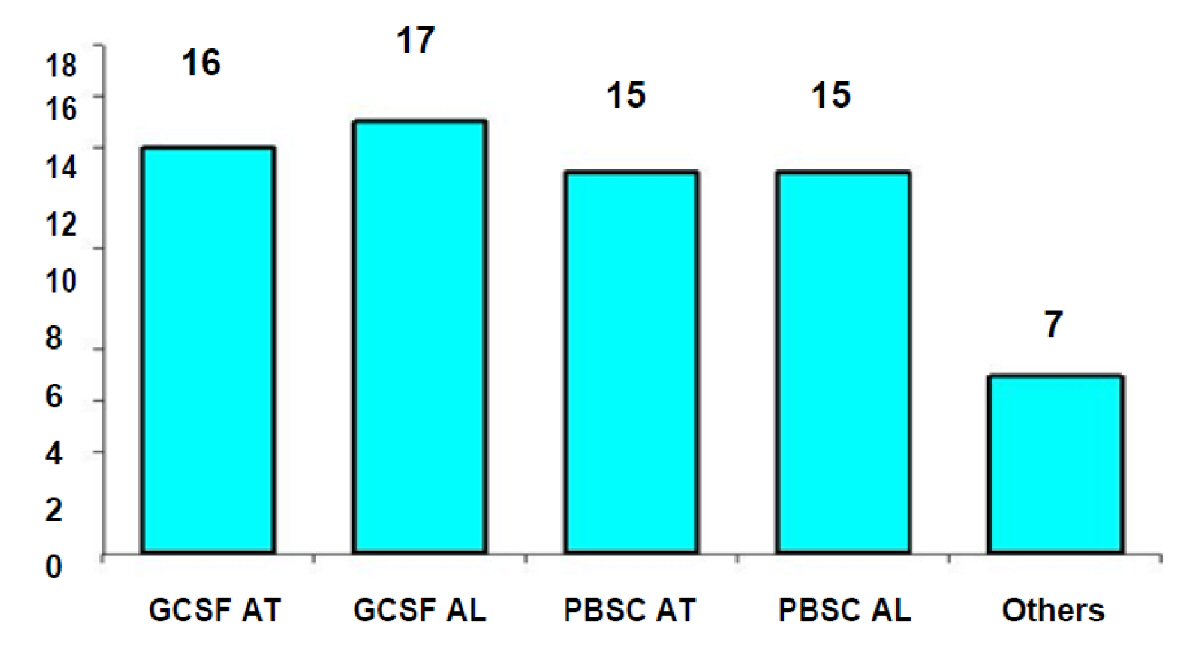| Hospital/PO |
| Detection of suspected SAR and SAE |
| Report to the tissue establishment |
| Participation in the investigation with the tissue establishment |
| Tissue establishment |
| When receiving a notification or detection for SAREs and SAEs internally: quarantine, recalls of other products, where necessary |
| Report to CA |
| Coordination of research in collaboration with clinical users and PO, as necessary |
| Competent authority |
| Evaluation and intervention where necessary |
| Annual report to the European Commission |
| Notification of relevant information to health care professionals to maximize SANCO update and learning (EC) |
| Collection and analysis of the annual SARE reports by member states |
| Publication of collective annual reports |
| Identification of important trends |
| Rapid alert issue for tissues and cells of immediate action, when action in more than one Member State is required |
